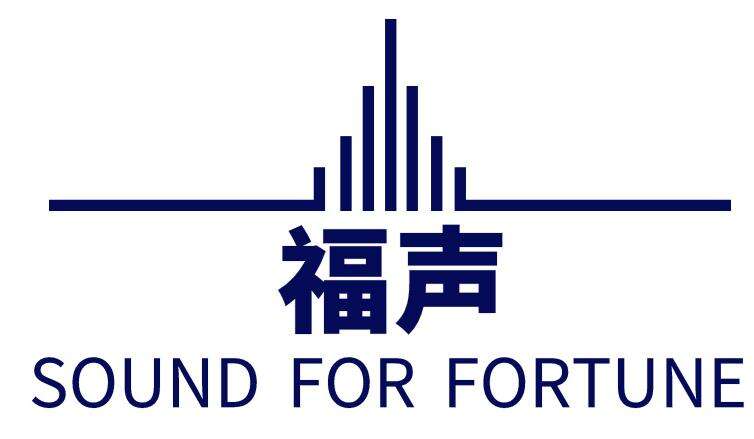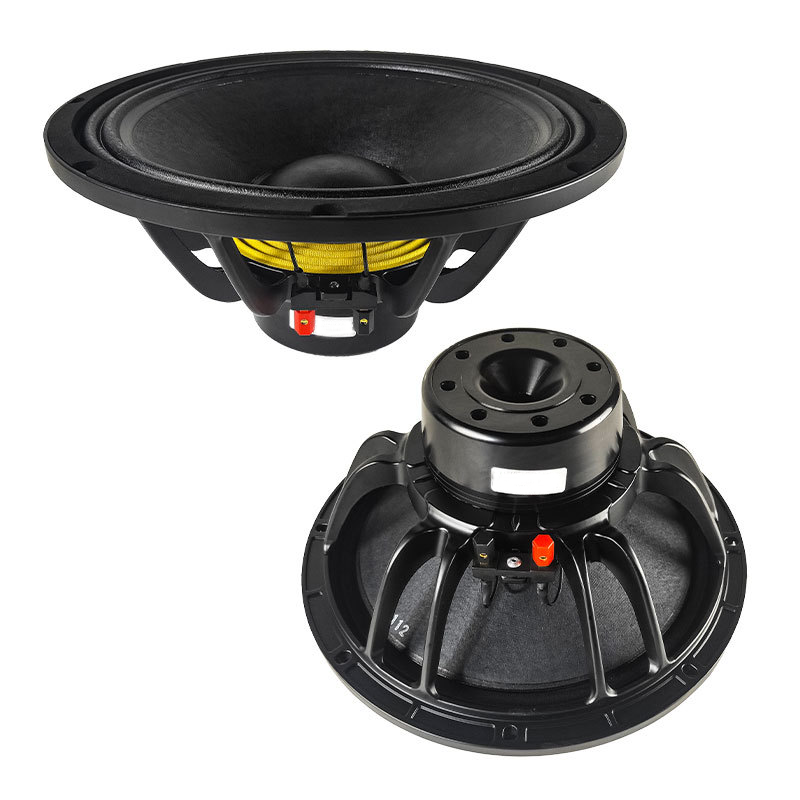Understanding Subwoofer Manufacturer Specifications for Performance Optimization
How subwoofer manufacturer data sheets guide engineering decisions
Technical specs from subwoofer manufacturers form the basis for designing audio systems, giving engineers numbers they can actually measure when figuring out if gear will work together properly with amps and speaker enclosures. When looking at things like impedance curves, frequency response charts, and how far the cone moves before distortion happens, engineers avoid those expensive situations where speakers just don't match what they're supposed to drive. All these spec sheets let designers predict pretty accurately how different parts of a woofer setup will act once installed in actual listening environments rather than just on paper.
Evaluating power handling, sensitivity, and SPL requirements for woofers
Critical specifications for professional installations include:
- RMS Power Handling: Determines continuous thermal capacity (e.g., 500W vs. 1000W systems)
- Sensitivity (dB/W/m): Guides amplifier selection—each 3dB increase requires double the power for equivalent output
- Peak SPL: Used with Thiele/Small data to calculate maximum output before distortion
Proper matching of these parameters reduces field failures by 38% in commercial installations (Audio Engineering Journal, 2023).
Interpreting Thiele/Small parameters (Fs, Qts, Vas) to match system design goals
Thiele/Small parameters are essential for modeling sealed, bass reflex, and bandpass enclosures:
| Parameter | Design Impact | Target Range |
|---|---|---|
| Fs | Resonance frequency | 20–35Hz for home theater; 35–50Hz for PA |
| Qts | Enclosure type suitability | <0.4 ideal for ported; >0.5 better for sealed |
| Vas | Air compliance equivalency | Directly determines required box volume |
Leading manufacturers provide T/S curves showing parameter shifts under thermal load, enabling accurate performance prediction in high-demand environments.
Matching recommended enclosure size and alignment to target application performance
Even small deviations from what manufacturers recommend for enclosure volume can create problems. Just going off by around 15% might lead to those annoying 6dB response issues plus higher chances of mechanical failures down the road. When it comes to ported designs used in live sound situations, getting that tuning frequency right matters a lot. The Fb parameter needs careful attention during setup. On the other hand, infinite baffle systems depend quite a bit on accurate Vas measurements when calculating volumes. Some recent simulations indicate something interesting too: proper enclosure alignment actually contributes about 41% to overall system performance below 80Hz according to research published last year by the Acoustical Society of America. That's pretty significant if we're talking about achieving good low end response in any audio application.
Collaborating Effectively with a Subwoofer Manufacturer During Custom Development
Why early engagement reduces design cycles and accelerates time to market
Engaging your subwoofer manufacturer during the conceptual phase reduces rework by 37% compared to post-prototype collaboration. Early involvement enables joint evaluation of performance targets, enclosure constraints, and amplifier compatibility. Teams that align on test protocols and system goals upfront complete validation 2.1x faster, according to 2023 audio engineering benchmarks.
Leveraging manufacturer expertise in materials, thermal management, and mechanical design
Leading speaker makers bring in material science experts to tweak the makeup of voice coil wires so they can handle heat better. This matters a lot because it lets speakers maintain those high volume levels above 98 dB without losing quality or getting distorted. These scientists run simulations to understand how air moves inside different types of speaker boxes, whether they're closed off completely or have ports for extra bass. What they find helps engineers design vents that cut down on unwanted noise by somewhere around 4 dB give or take. The knowledge these specialists have becomes really important when trying to make speakers that last long enough for regular use but still light enough to carry around or haul across town for gigs.
Bridging the gap: Overcoming over-reliance on specs and underuse of technical support
Spec sheets give us starting points, but according to a recent industry poll from 2024, around 6 out of 10 integration specialists actually got better results when they paired standard Thiele Small specs with face-to-face talks with engineers. Most manufacturers keep secret records of how things break in practice situations, like when speaker suspensions start to wear out after being subjected to long periods of 40Hz tones. These real world observations guide much smarter design decisions than just looking at numbers on paper. The companies that do regular check-ins during the design phase tend to turn abstract concepts into actual products that work well in reality, while still keeping the sound quality intact. Sometimes there are tradeoffs though, especially when budget constraints come into play.
Integrating Custom Signal Processing: Evaluating Subwoofer Manufacturer DSP Capabilities
Assessing firmware flexibility and compatibility with existing DSP ecosystems
Looking at a subwoofer maker's DSP abilities starts with checking out their firmware setup. Companies that provide modular firmware along with open API access make it much easier to work with external systems such as Dante or Q-SYS environments. The real benefit here is maintaining smooth operations when mixing equipment from different brands, plus it gives room for tailored bass control solutions. Another important factor is whether they support AES67 audio over IP streaming standards. This isn't just some technical checkbox item it actually makes a difference in keeping everything synced properly inside those complex commercial audiovisual setups where timing precision matters a lot.
Access to custom crossover, EQ, and phase alignment tools from the subwoofer manufacturer
Advanced DSP toolkits should include:
- Parametric EQ banks with 1/24-octave resolution for precise room mode correction
- Phase linearization filters to align subs with main speaker arrays
- Dynamic thermal modeling for excursion-aware bass enhancement
These tools help integrators address acoustic challenges in complex spaces—such as curved-wall auditoriums—while preserving system headroom and long-term reliability.
Data point: 68% of integrators prioritize programmable DSP when selecting a subwoofer manufacturer (2023 Audio Engineering Survey)
There's no denying that flexible bass options are becoming increasingly important in the industry. A recent survey shows about two thirds of sound engineers now see programmable DSP as a must have feature when they're looking to buy subwoofers. Why? Because venues vary so much these days. The ability to tweak low end frequencies on the fly has become critical for proper sound reinforcement in places ranging from small clubs to large concert halls. Most manufacturers now include their own DSP modules which let technicians make quick changes depending on how big the room is or how crowded it gets during events. When these subs work well with existing sound systems, installation becomes much easier and maintenance costs drop significantly over time.
Ensuring Quality and Reliability Through Subwoofer Manufacturer Testing Standards
Comparing Accelerated Life Testing and Real-World Simulation Protocols
When it comes to checking how long products will last, manufacturers typically rely on two main approaches: accelerated life testing (ALT) and real world simulations. With ALT, they basically push components beyond their limits by exposing them to really harsh conditions. Think temps ranging from -20 degrees Celsius all the way up to 85 C, plus repeated humidity changes and mechanical stress that's three to five times what they normally experience. This whole process helps predict how something would hold up over ten years in just eight to twelve weeks. For real world testing, engineers try to recreate exactly what happens out there in the field. They might simulate loudspeaker operation at 120 decibels while the surrounding air hits 35 degrees Celsius. During these tests, they keep a close eye on things like voice coil temperature making sure it doesn't exceed 165 C, and also watch for any signs of suspension creep which indicates wear over time.
Systems validated with both methods experience 43% fewer field failures than those tested with only one approach (2023 electroacoustic components study).
How Leading Manufacturers Validate Long-Term Reliability Under Continuous Load
Top-tier manufacturers conduct 500-hour continuous load tests measuring:
| Parameter | Threshold | Measurement Interval |
|---|---|---|
| Power Handling | ±10% of rated RMS | Every 15 minutes |
| Distortion (THD) | ≤5% at 80% max power | Hourly |
| DC Resistance | ±8% initial value | Every 24 hours |
The protocols now include thermal imaging for spotting heat issues and laser vibrometers to check for cone wear problems. Most manufacturers who hit below 0.8% failures at around 5,000 operating hours tend to mix automated stress tests with actual human testing situations. These tests often involve things like unexpected power spikes or wrong equalizer settings that happen in real life. The combination approach keeps the output stable within about 1.5 decibels across the entire warranty period of these products. This kind of thorough testing is becoming standard practice in the industry as companies strive for better reliability standards.
FAQ
Why is RMS Power Handling important for subwoofers?
RMS Power Handling determines the continuous thermal capacity of the subwoofer, guiding the selection of compatible amplifiers and ensuring the system can handle the desired power levels without damage.
What are Thiele/Small parameters?
Thiele/Small parameters (like Fs, Qts, and Vas) are essential metrics used for modeling and predicting the performance of subwoofer enclosures, impacting the design and setup of audio systems.
How does early collaboration with a subwoofer manufacturer benefit audio system development?
Engaging with a manufacturer early in the design phase reduces the need for rework, aligns performance targets, and enables faster validation and market readiness, as shown by faster completion of system goals.
Table of Contents
-
Understanding Subwoofer Manufacturer Specifications for Performance Optimization
- How subwoofer manufacturer data sheets guide engineering decisions
- Evaluating power handling, sensitivity, and SPL requirements for woofers
- Interpreting Thiele/Small parameters (Fs, Qts, Vas) to match system design goals
- Matching recommended enclosure size and alignment to target application performance
- Collaborating Effectively with a Subwoofer Manufacturer During Custom Development
- Integrating Custom Signal Processing: Evaluating Subwoofer Manufacturer DSP Capabilities
- Ensuring Quality and Reliability Through Subwoofer Manufacturer Testing Standards
- FAQ




